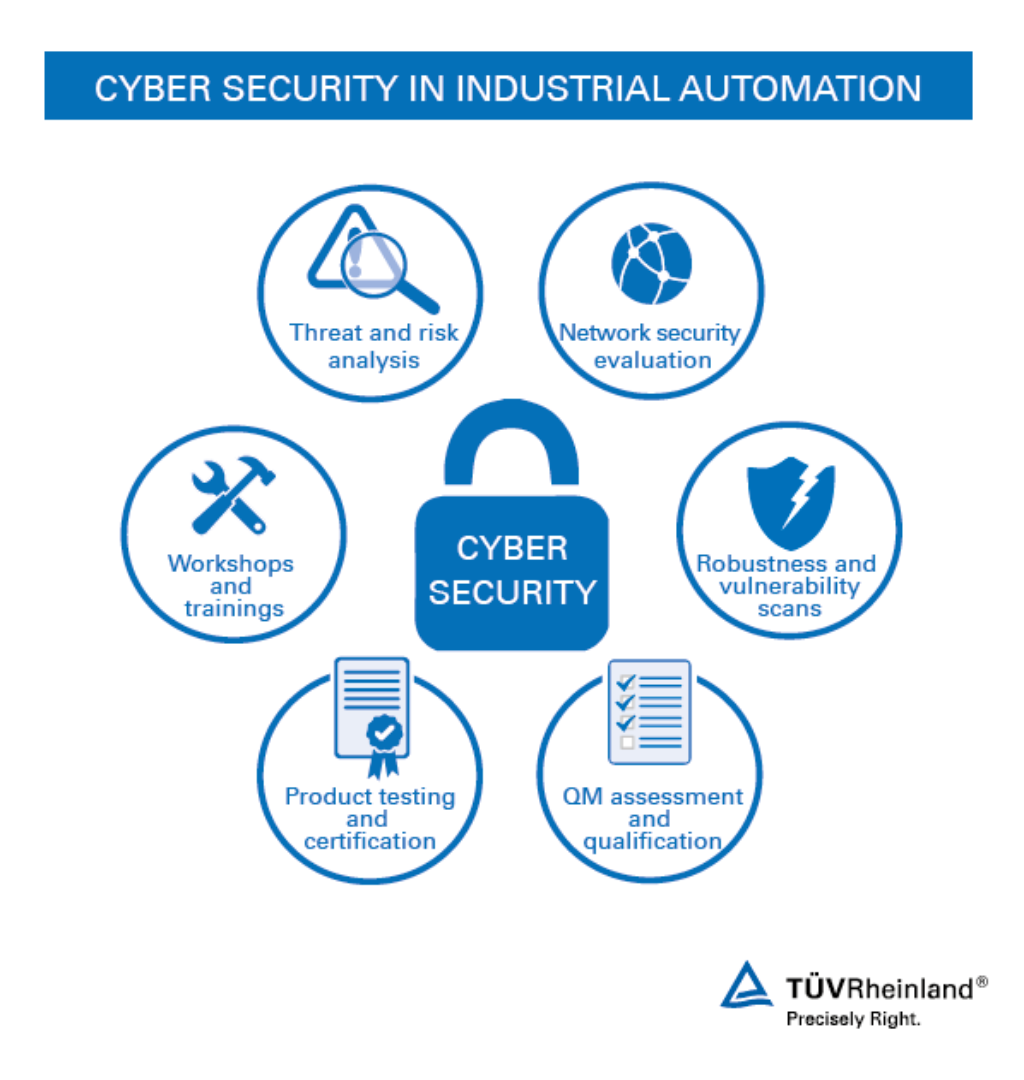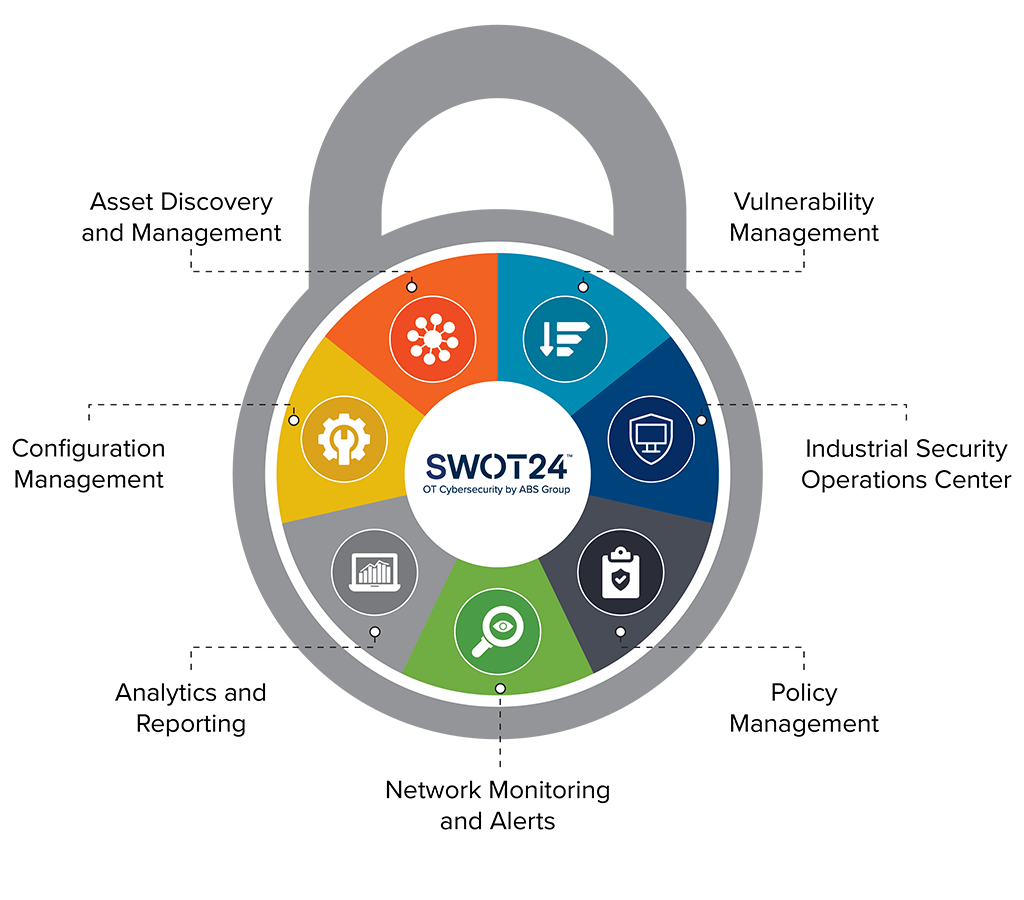Discovering Just How Cyber Security Works to Secure Your Online Presence
In today's electronic landscape, securing one's on the internet visibility has actually come to be significantly critical, with cyber threats evolving at a worrying pace. Cyber safety and security employs a multifaceted strategy, incorporating innovative modern technologies like firewall programs, file encryption, and multi-factor verification to protect sensitive information. Nonetheless, the intricacy of these systems questions about their effectiveness and execution. Exactly how do these technologies interact to produce a seamless guard versus cyber dangers? And what function does behavioral analytics play in this detailed web of security actions? These are necessary queries that merit more exploration in our quest for electronic security.
Understanding Cyber Dangers
In the digital landscape, cyber dangers stand for a formidable difficulty, calling for a nuanced understanding of their nature and potential effect. These hazards encompass a wide variety of harmful tasks coordinated by individuals, groups, and even nation-states, targeting delicate data, interrupting procedures, or causing reputational damage. Comprehending cyber hazards starts with identifying the different kinds they take, consisting of malware, phishing, ransomware, and distributed denial-of-service (DDoS) assaults.
Malware, or malicious software, includes infections, worms, and trojans that penetrate systems to create or swipe information damage. Ransomware encrypts victims' data, requiring a ransom money for its launch, posturing significant operational and economic threats.
Identifying the inspirations behind these hazards is essential. Cybercriminals frequently seek economic gain, while hacktivists may pursue ideological objectives. State-sponsored enemies might target critical framework for reconnaissance or destabilization objectives. By thoroughly comprehending the diverse nature of cyber hazards, companies can better expect potential susceptabilities and tactically assign sources to boost their defenses against these ever-evolving hazards.
Trick Cyber Safety Technologies
As organizations aim to safeguard their electronic assets, crucial cybersecurity technologies play a critical role in strengthening defenses against cyber dangers. These technologies include a wide spectrum of methods and devices developed to secure data stability, discretion, and availability. In today's digital landscape, breach detection systems (IDS) and invasion avoidance systems (IPS) are critical. IDS screen network website traffic for suspicious tasks, while IPS proactively obstruct potential dangers, ensuring real-time security.
Additionally, anti-viruses and anti-malware remedies continue to be fundamental in identifying and reducing harmful software application. They use heuristic and signature-based strategies to detect unknown and recognized dangers. Endpoint discovery and feedback (EDR) systems better boost security by providing comprehensive visibility right into endpoint tasks, making it possible for swift incident response.
Identification and accessibility monitoring (IAM) modern technologies make certain that just licensed users gain accessibility to essential sources, consequently decreasing the risk of unapproved information gain access to. Multifactor authentication (MFA) includes an extra layer of safety and security, requiring users to provide numerous confirmation elements.
Additionally, protection info and event monitoring (SIEM) systems aggregate and analyze protection data, offering understandings into possible vulnerabilities and facilitating positive threat monitoring. These innovations jointly develop a durable framework, encouraging organizations to keep a durable cybersecurity posture.
Function of Firewalls and Encryption
Firewall softwares and encryption are important components of a durable cybersecurity strategy, each serving a distinctive yet complementary duty in safeguarding digital settings. Firewall softwares work as barriers between relied on internal networks and untrusted outside entities. By regulating outward bound and incoming network web traffic, they protect against unauthorized access to information and systems. Firewalls use predefined protection rules to block or allow information packages, efficiently protecting delicate details from cyber risks. They are the very first line of protection, filtering system website traffic and guaranteeing only legit interactions are permitted.
Encryption, on the various other hand, changes understandable information right into an inscribed layout that can just be deciphered with a details cryptographic key. This process guarantees that data continues to be confidential and protected during transmission or storage space. Also if obstructed, encrypted info is rendered pointless to unapproved individuals without access to the decryption key. Encryption is crucial for protecting delicate info such as monetary data, individual recognition details, and proprietary organization details.
With each other, firewalls and security supply an extensive protection system. While firewalls take care of access and guard networks from unauthorized access, file encryption safeguards information stability and discretion. Their integrated application is essential in mitigating dangers and ensuring the safety of digital possessions in an increasingly interconnected globe.

Importance of Multi-Factor Authentication
While firewalls and encryption form the foundation of cybersecurity, boosting defenses better calls for the application of multi-factor authentication click now (MFA) MFA adds an additional layer of security by requiring customers to validate their identification with two or even more various aspects before getting to delicate info or systems. These elements generally include something the customer recognizes (a password), something the individual find has (a safety token or smartphone), and something the user is (biometric confirmation such as a finger print or facial recognition)
The value of MFA in safeguarding online visibility is critical in today's electronic landscape. With cyber threats ending up being increasingly advanced, counting solely on standard password-based verification leaves systems susceptible to violations.

Behavioral Analytics in Cyber Protection
Behavior analytics stands for a pivotal improvement in cybersecurity, supplying a sophisticated approach to danger discovery and avoidance. By analyzing patterns in individual habits, this approach recognizes anomalies that may suggest possible cyber hazards.
This technology is especially reliable in identifying insider risks and zero-day assaults, which are typically missed out on by standard security systems. Expert threats, where people within a company abuse accessibility advantages, can be specifically destructive and hard to identify. Best Cyber Security Services in Dubai. Behavior analytics gives a layer of analysis that can capture subtle discrepancies in behavior, such as unusual access patterns or information transfers, prior to they intensify into significant security incidents
Furthermore, the vibrant nature of behavior analytics allows it to adjust to advancing dangers, supplying continuous protection as cyberattack approaches transform. As read what he said organizations increasingly count on electronic facilities, incorporating behavior analytics into cybersecurity strategies makes certain a durable defense, keeping and protecting sensitive information count on in electronic interactions.
Conclusion
To conclude, the diverse method of cyber security, incorporating technologies such as firewall programs, file encryption, multi-factor verification, and behavior analytics, plays an important duty in safeguarding on-line existence. By filtering website traffic, securing information transmission, needing numerous verification approaches, and keeping track of customer activity for abnormalities, these technologies collectively resolve the complexities of modern-day cyber threats. This split protection not only safeguards monetary and individual information however additionally makes sure continual security in an ever-evolving electronic landscape.

As organizations make every effort to guard their digital assets, vital cybersecurity modern technologies play a vital function in fortifying defenses versus cyber risks. Firewall programs make use of predefined safety guidelines to obstruct or allow data packages, successfully shielding sensitive details from cyber risks.This technology is especially effective in detecting expert threats and zero-day strikes, which are commonly missed by conventional security systems. By filtering traffic, protecting data transmission, needing several confirmation approaches, and keeping an eye on customer activity for abnormalities, these technologies collectively resolve the complexities of contemporary cyber threats.